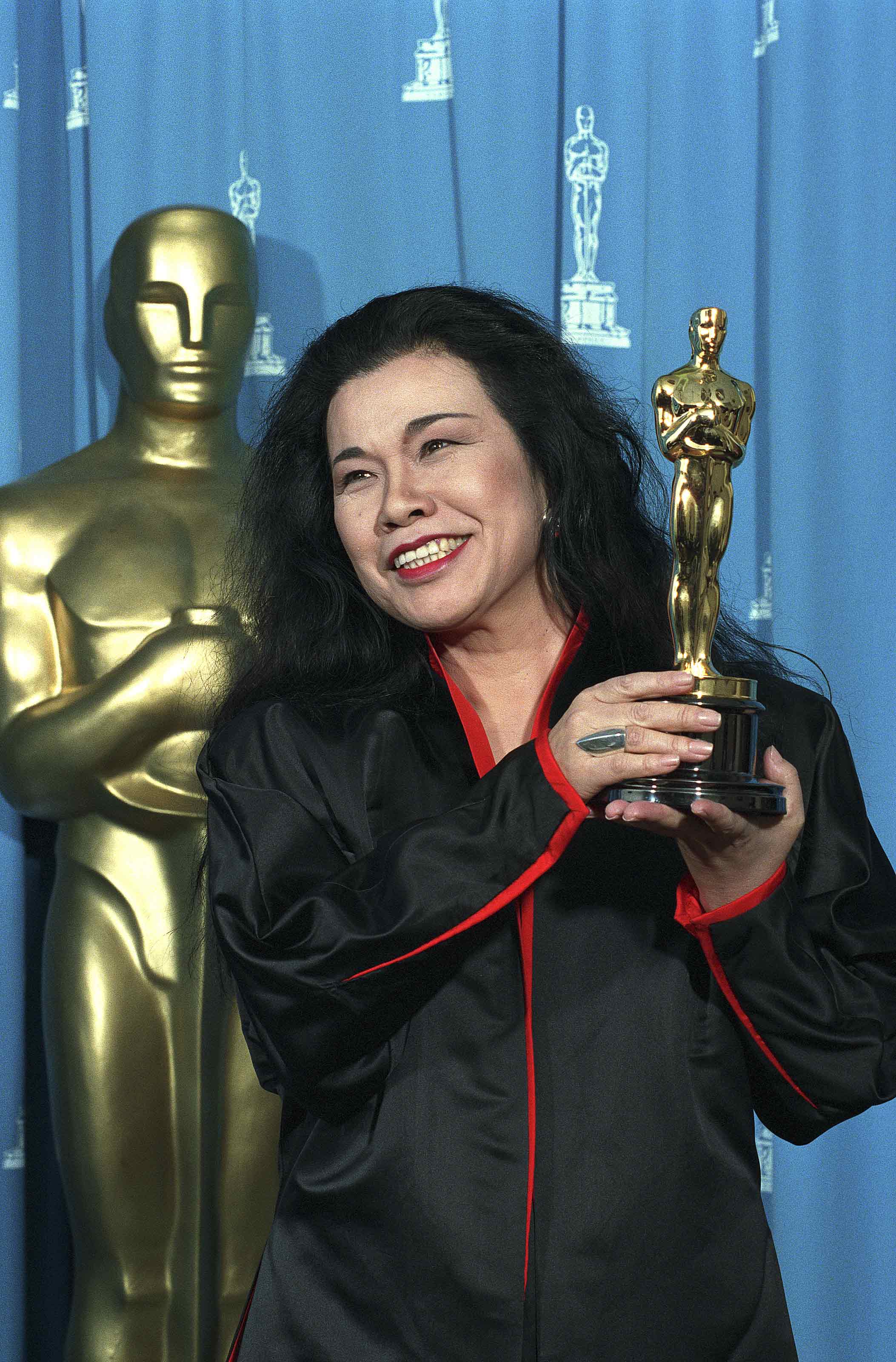Eiko Ishioka: The Multifaceted Visionary Who Transformed Fashion and Film
Eiko Ishioka (1938-2012), an extraordinary Japanese artist, left an indelible mark on both fashion and film. Her unique aesthetic, characterized by a blend of traditional Japanese elements and futuristic imagery, challenged conventional boundaries and captivated audiences worldwide. This essay critically examines the complexities of Ishioka's multifaceted career, exploring her innovative designs, cinematic contributions, and the lasting impact she had on Japanese fashion and film.
Fashion: A Fusion of Tradition and Innovation
Ishioka's fashion designs revolutionized the industry, seamlessly integrating Japanese cultural motifs with avant-garde concepts. Her work for Issey Miyake's "Bodyworks" collection in 1983 showcased her mastery of pleating and unconventional materials, creating garments that were both sculptural and functional (Asai, 2012). Her collaborations with Yohji Yamamoto explored the tension between darkness and light, resulting in theatrical and ethereal creations (Bohan, 2012).
Ishioka's designs transcended mere clothing, becoming wearable art. She challenged preconceptions of beauty and form, pushing the boundaries of what was considered fashionable (Stanisic, 2019). Her attention to detail and craftsmanship elevated her garments to the status of artistic masterpieces, earning her accolades and recognition as a true visionary.
Film: A Cinematic Odyssey
Ishioka's impact extended beyond fashion into the realm of film. She made her cinematic debut as the costume designer for Francis Ford Coppola's "Dracula" (1992), where she transformed iconic characters like Count Dracula and Mina Harker into visually striking figures. Her costumes, influenced by Japanese folklore and Victorian aesthetics, contributed to the film's darkly romantic atmosphere (Heyman, 1992).
Ishioka's collaboration with Paul Verhoeven in "RoboCop 2" (1990) showcased her ability to create futuristic and otherworldly designs. The film's cyborgs and androids, adorned in her intricate costumes, embodied the tension between humanity and technology (Ebert, 1990). Her work in "The Cell" (2000) further demonstrated her mastery of creating visually stunning and psychologically evocative imagery, earning her an Academy Award for Best Costume Design.
Cultural and Historical Significance
Ishioka's contributions to fashion and film transcended aesthetic innovation. Her work reflected a profound understanding of Japanese culture and history. She drew inspiration from traditional Japanese art forms such as kabuki, Noh theater, and ukiyo-e prints, reinterpreting them through a contemporary lens (Buckley, 2017). By doing so, she introduced Japanese aesthetics to a global audience, challenging stereotypes and fostering a dialogue between cultures.
Moreover, Ishioka's work challenged gender norms and stereotypes. Her designs for women empowered and celebrated their strength and individuality, pushing against conventional notions of femininity (Mori, 2017). Similarly, her work in film often defied traditional gender roles, creating complex and multifaceted female characters (Medeiros, 2019).
Legacy and Impact
Eiko Ishioka's legacy continues to inspire and influence contemporary designers and filmmakers. Her groundbreaking designs and cinematic contributions have left an enduring impact on the realms of fashion and film. Her ability to blend tradition and innovation, to challenge norms and push boundaries, has made her an enduring figure in both fields (Ginsburg, 2018).
The House of Eiko Ishioka, founded after her passing, continues to preserve her artistic legacy and promote her work. Retrospective exhibitions, such as "Eiko Ishioka: Fashion as Fantasy" at the Museum of Fine Arts, Boston, have showcased her iconic creations and explored her multidisciplinary approach (Museum of Fine Arts, 2015). Her impact extends beyond the fashion and film industries, as her work has inspired artists, designers, and creatives worldwide.
Conclusion
Eiko Ishioka's multifaceted career defied easy categorization. She was a visionary artist whose work seamlessly blended fashion and film, tradition and innovation, and East and West. Her designs and cinematic contributions challenged norms, celebrated diversity, and left a lasting impact on the global cultural landscape. As we continue to explore the complexities of her artistic legacy, Eiko Ishioka's work serves as a timeless reminder of the power of imagination and the transformative nature of art.
Every Miss World Winner And Their Journey To Victory (1951–2023)
Mónica González – Television Host And Personality, Renowned For Her Work On Argentine News Channels.
Nam Joo-hyuk: The Actor Whose Career Took Off Despite Public Challenges



